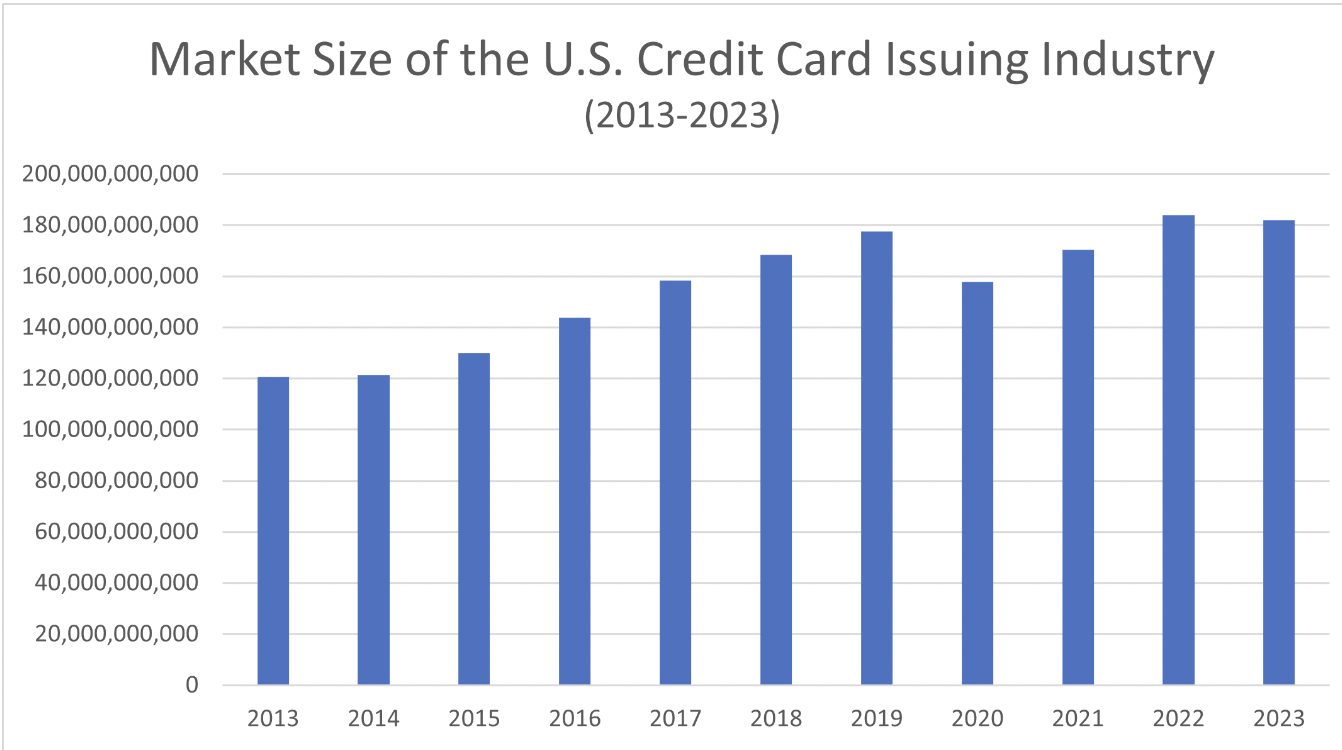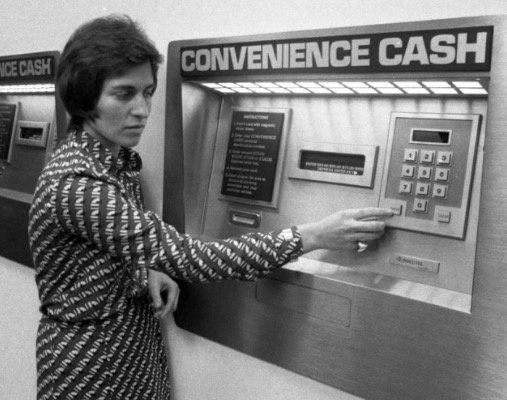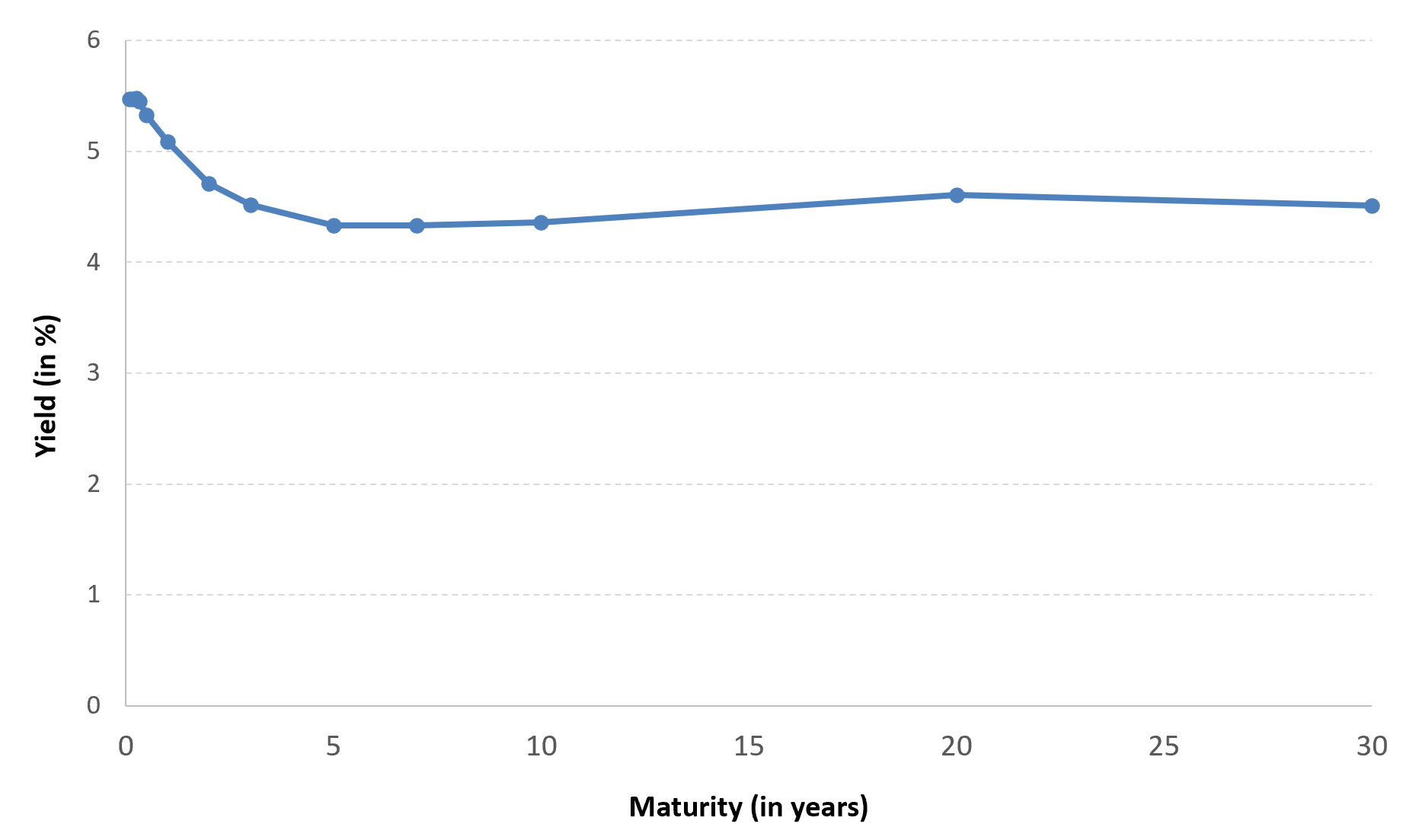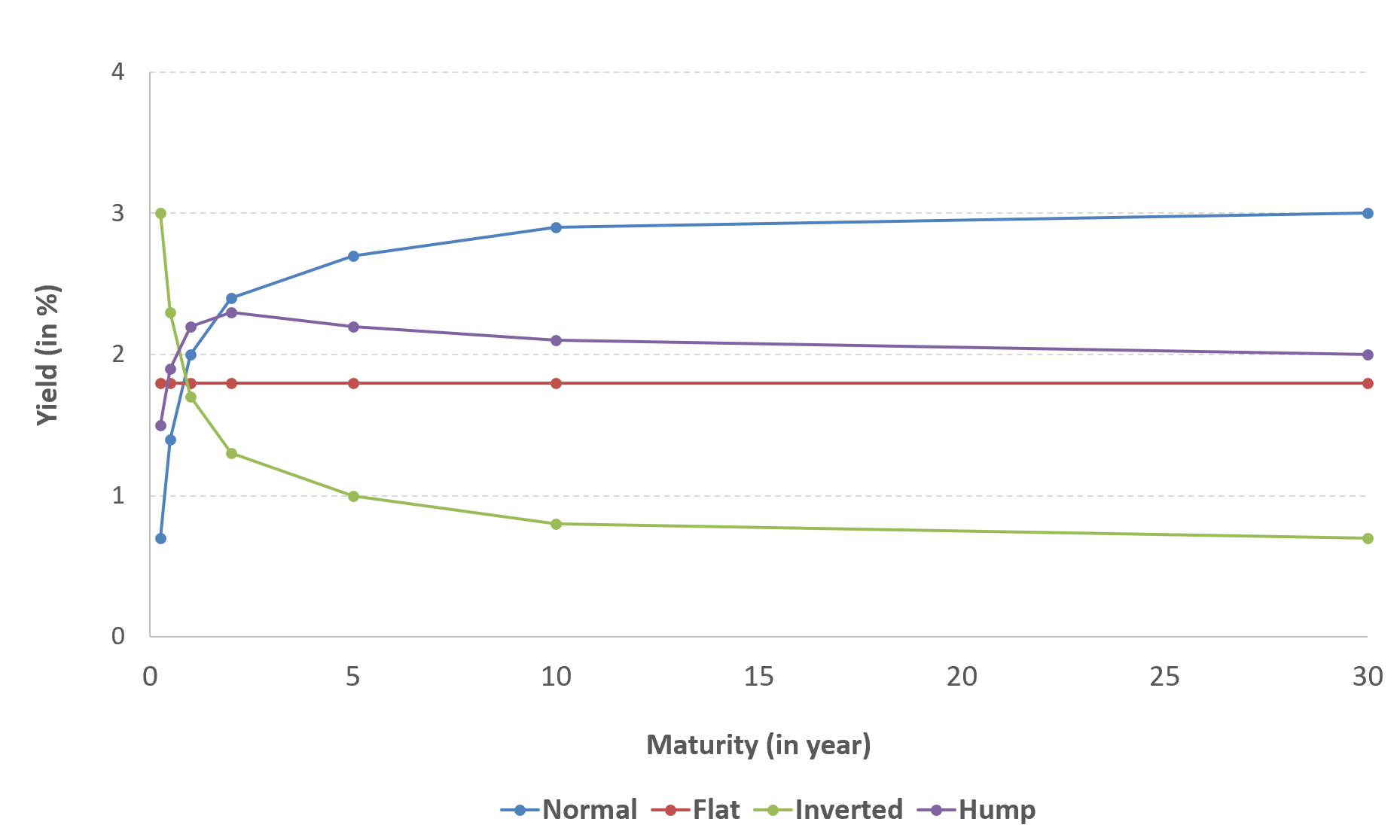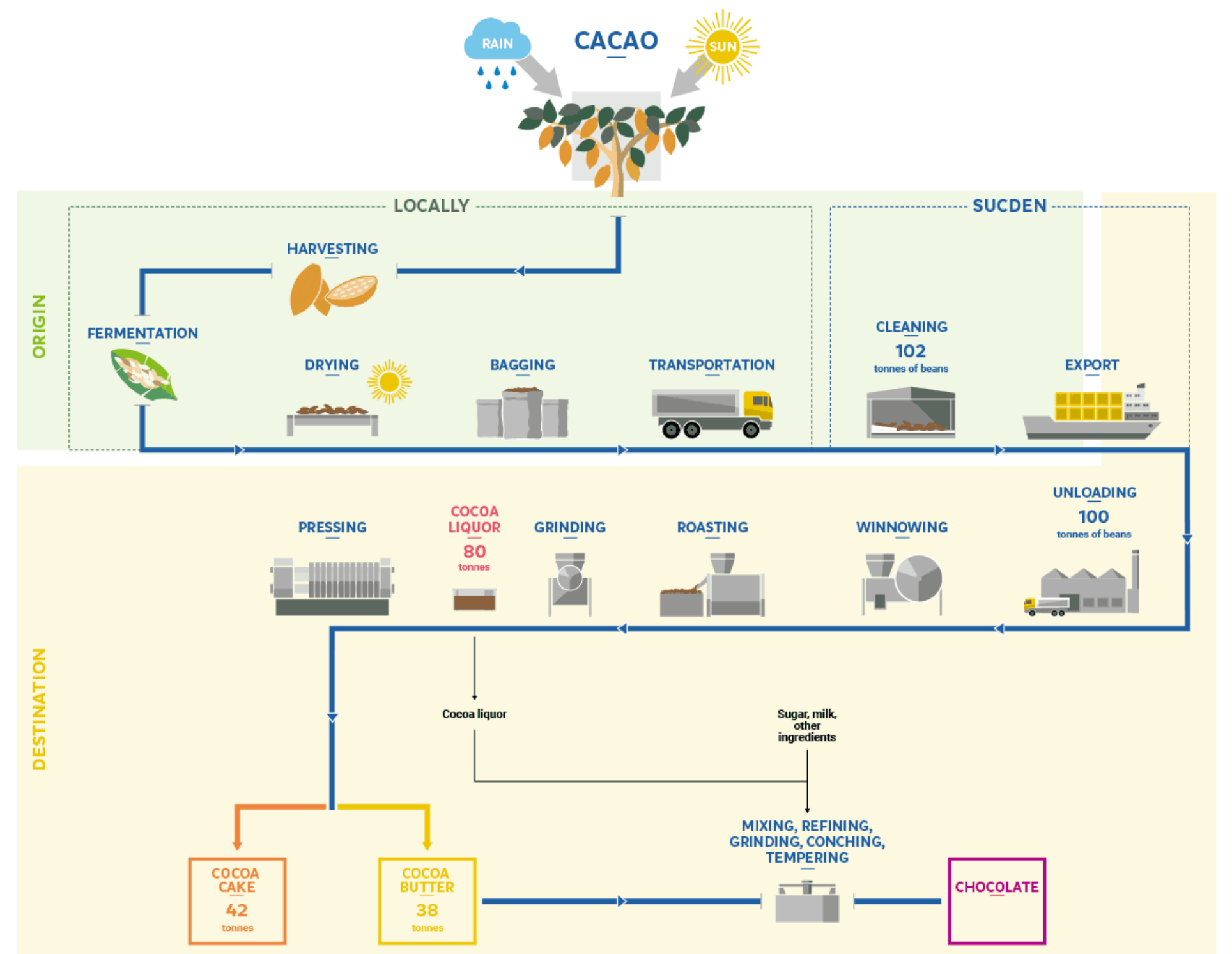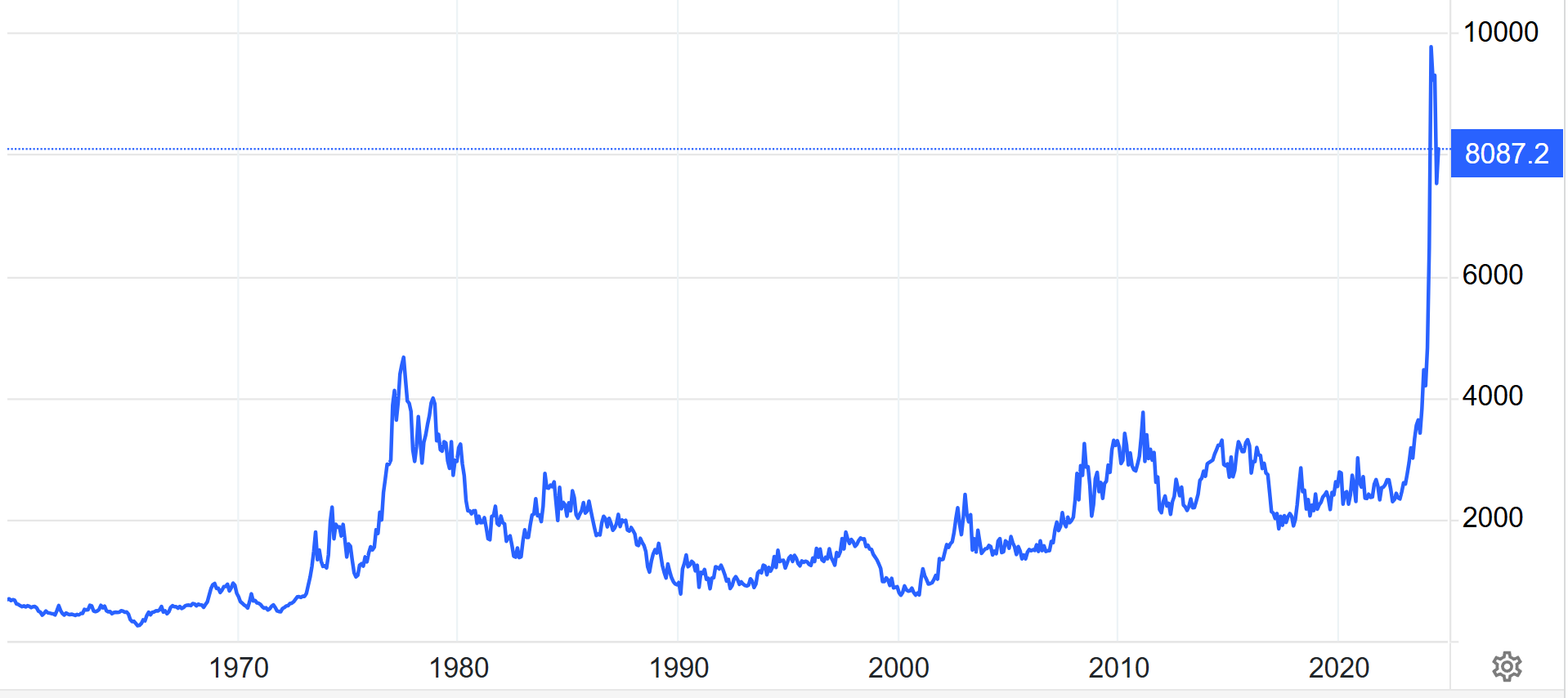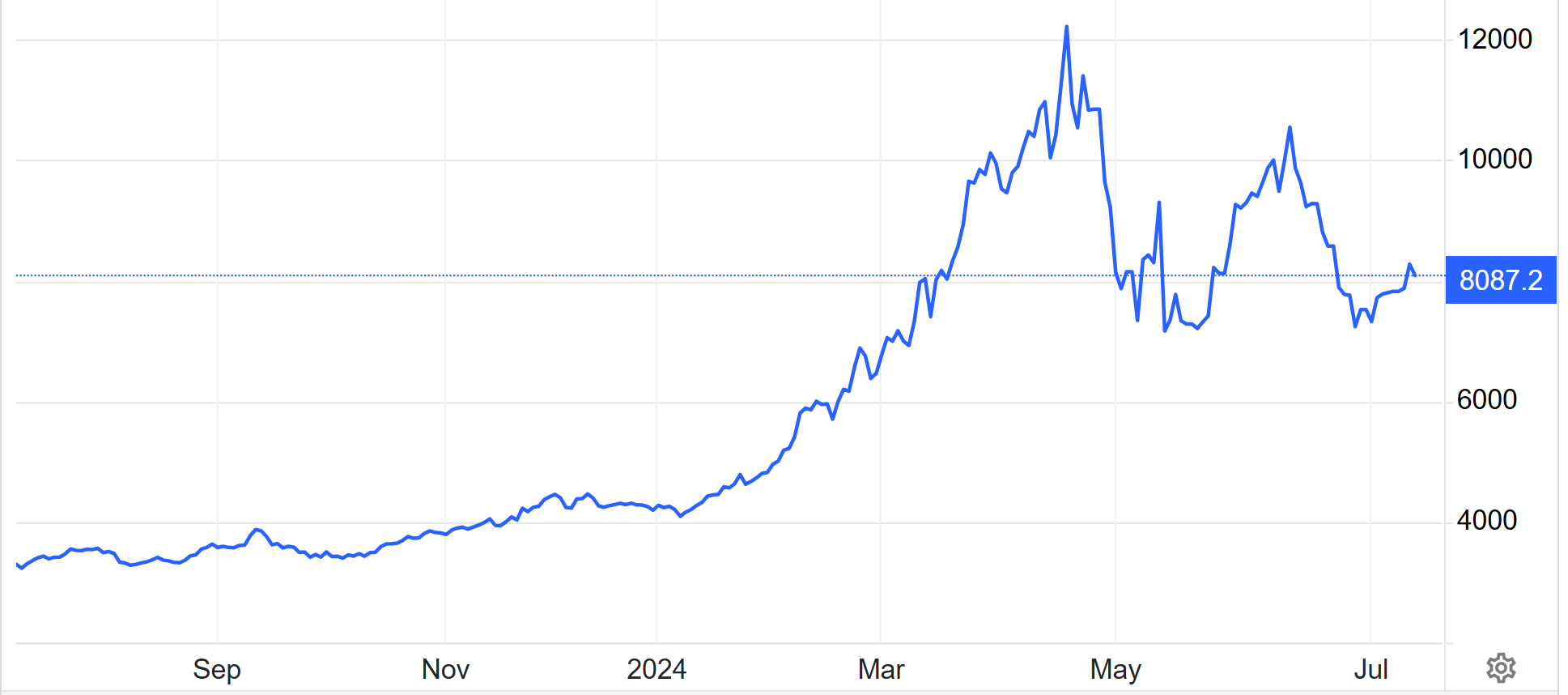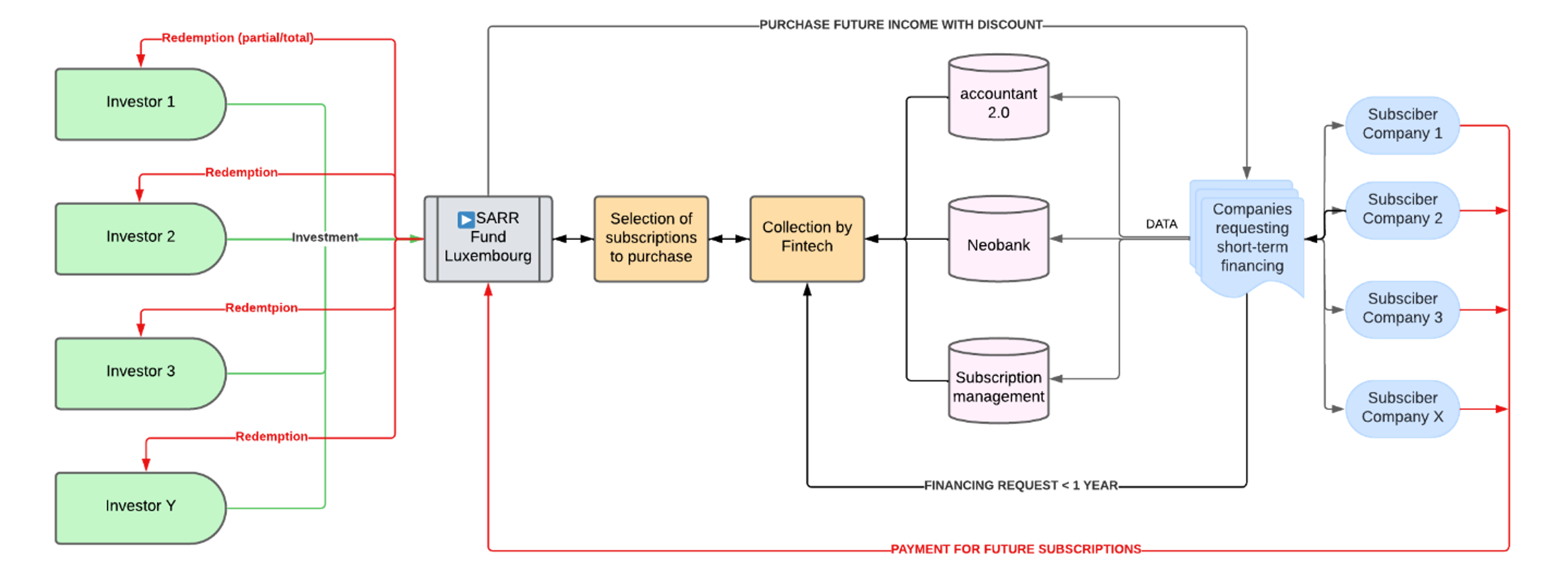Les prêts de titres (stock loans) : fonctionnement et enjeux

Dans cet article, Esten CHAUVIN (ESSEC Business School, Grande Ecole – Master in Management, 2023-2026) partage son expérience et ses connaissances sur les prêts de titres, leur fonctionnement et leurs enjeux en finance de marché.
Introduction
Les prêts de titres, aussi connus sous le terme “stock loans”, sont une pratique courante dans le monde financier. Ils permettent aux investisseurs d’optimiser l’utilisation de leurs titres tout en générant des revenus supplémentaires. Cet article a pour objectif de clarifier le fonctionnement des prêts de titres et d’expliquer les enjeux associés à cette pratique.
Fonctionnement des prêts de titres
Les prêts de titres sont un mécanisme où un propriétaire de titres prête ses titres à un emprunteur en échange d’une garantie et d’intérêts. Cela permet au prêteur de générer des revenus supplémentaires sans vendre ses actifs, optimisant ainsi l’utilisation de son portefeuille. Pour l’emprunteur, cette pratique offre la possibilité d’accéder temporairement à des titres sans avoir à les acheter, ce qui peut être crucial pour des stratégies telles que la vente à découvert ou la couverture de positions existantes.
Parties prenantes
Les principaux acteurs dans un prêt de titres sont le prêteur (souvent un fonds de pension ou une institution financière), l’emprunteur (généralement un trader cherchant à vendre les titres à découvert) et les intermédiaires comme les courtiers et les agents de prêt. Lors de mon stage chez Oddo BHF, j’ai pu observer ces interactions de première main, en travaillant avec divers acteurs pour assurer la fluidité des transactions. Par exemple, nous collaborions fréquemment avec des contreparties aussi bien nationales telles que BNP Paribas et Société Générale, qu’internationales comme Barclay’s ou Goldman Sachs.
Processus de prêt de titres
- Négociation des termes : Les termes du prêt sont négociés par les front offices des deux contreparties, incluant le type de titres, la durée du prêt et les frais. Ces frais, ou intérêts, sont calculés en fonction de la durée du prêt et du type de titres impliqués. Les modalités de paiement des intérêts, telles que la fréquence (mensuelle, trimestrielle) et la date de paiement, sont également définies lors de cette phase.
- Transfert des titres : Une fois les termes acceptés, les titres sont transférés de manière sécurisée à l’emprunteur.
- Gestion de la garantie : L’emprunteur fournit une garantie sous forme d’espèces ou d’autres titres. Cette garantie est ajustée régulièrement pour refléter les fluctuations de la valeur des titres prêtés. Par exemple, supposons qu’un emprunteur prête des actions d’une valeur de 1 million d’euros et qu’il fournisse une garantie de 1,1 million d’euros. Si la valeur des actions prêtées augmente à 1,2 million d’euros, l’emprunteur devra ajouter 100 000 euros supplémentaires à la garantie pour maintenir un ratio de couverture adéquat. À l’inverse, si la valeur des actions baisse à 900 000 euros, l’emprunteur peut récupérer 100 000 euros de la garantie. Ces ajustements, appelés appels de marge, sont cruciaux pour gérer le risque de marché et s’assurer que les intérêts des deux parties sont protégés.
- Restitution des titres : À la fin de la période de prêt, les titres sont restitués au prêteur et la garantie est libérée. Les intérêts accumulés pendant la durée du prêt sont payés à des intervalles définis (par exemple, mensuellement ou trimestriellement) et un dernier paiement d’intérêts est effectué lors de la restitution des titres. Ces paiements sont essentiels pour compenser le prêteur pour l’utilisation de ses actifs.
Il est primordial d’utiliser des systèmes avancés afin de garantir la sécurité et l’efficacité des très nombreuses transactions quotidiennes. Ces systèmes incluent des logiciels de gestion de risques, des plateformes de trading automatisées, et des systèmes de suivi et de reporting en temps réel. Par exemple, le tout premier deal que j’ai eu à gérer en débutant mon stage fut un prêt d’actions de TotalEnergies à un hedge fund basé à Londres. Nous avons utilisé une plateforme de trading pour exécuter la transaction et un système de gestion des risques pour évaluer et ajuster la garantie, qui était composée d’obligations d’État françaises. Ce type de transaction demande une coordination minutieuse pour s’assurer que les valeurs des actifs prêtés et reçus restent équilibrées, et cela n’est possible qu’avec des outils technologiques sophistiqués qui permettent de suivre et de sécuriser chaque étape du processus.
Types de garanties
Les garanties peuvent être des espèces, des obligations ou d’autres titres. Le type de garantie accepté dépend des termes du prêt et des politiques internes de l’institution financière. Afin de minimiser les risques de volatilité, j’ai principalement travaillé avec des garanties sous forme d’espèces.
Calcul des frais de prêt
Les frais de prêt sont calculés en fonction de plusieurs facteurs, dont le taux d’intérêt, la durée du prêt et le type de titres. Ces frais représentent le coût pour l’emprunteur d’accéder aux titres prêtés. Durant mon stage, j’ai appris à calculer ces frais en tenant compte des conditions du marché et des politiques internes. Par exemple, en novembre 2023, le prêt d’actions de TotalEnergies avait un taux d’intérêt annuel de 1,5%. Pour un prêt de 1 million d’euros sur trois mois, les frais étaient de 3 750 euros (1 000 000 € x 0,015 x 0,25). En comparaison, les actions de Tesla avaient un taux de prêt de 3,2%, ce qui entraînait des frais de 8 000 euros pour la même période (1 000 000 € x 0,032 x 0,25) en raison de leur forte demande.
Pair Off
Les “pair off” sont une technique couramment utilisée dans la gestion des prêts de titres. Il s’agit de l’annulation simultanée de deux transactions opposées, ce qui permet de réduire le volume des transactions en cours et de minimiser les risques associés. Par exemple, si une institution financière a prêté des titres à deux contreparties différentes qui souhaitent ensuite restituer les titres à la même période, les transactions peuvent être “pair off” pour simplifier le processus de restitution.
Enjeux des prêts de titres
Avantages pour les parties prenantes
- Pour le prêteur : Génération de revenus supplémentaires à partir des titres détenus, optimisation de l’utilisation des actifs. Par exemple, un fonds de pension peut prêter des titres pour augmenter ses rendements.
- Pour l’emprunteur : Accès temporaire à des titres sans achat direct, possibilité de couvrir des positions courtes. Un trader peut aussi emprunter des titres pour vendre à découvert.
Risques associés
- Pour le prêteur : Risque de défaut de l’emprunteur, volatilité des garanties pouvant affecter leur valeur.
- Pour l’emprunteur : Coût du prêt, risque de rappel des titres prêtés avant la fin prévue du prêt. Pour minimiser ces risques, nous ajustions régulièrement les garanties et surveillions les positions des emprunteurs. Par exemple, si nous prêtons des actions Apple à un hedge fund et que ces actions chutent soudainement, nous devions être prêts à appeler une garantie supplémentaire pour couvrir le risque accru.
Réglementation et compliance
Les prêts de titres sont soumis à une réglementation stricte pour garantir la transparence et la sécurité des transactions. Par exemple, en Europe, la régulation SFTR (Securities Financing Transactions Regulation) impose des exigences de reporting détaillées pour toutes les transactions de financement de titres. Durant mon stage, nous devions nous assurer que toutes les transactions étaient conformes à ces régulations, souvent en collaborant étroitement avec le département de compliance.
Impact sur les marchés financiers
Les prêts de titres contribuent à la liquidité des marchés en permettant une plus grande fluidité des titres. Cependant, ils peuvent aussi influencer la volatilité et la stabilité des marchés, notamment lorsqu’ils sont utilisés pour des ventes à découvert massives. Un exemple notable est l’impact des ventes à découvert pendant la crise financière de 2008, où les prêts de titres ont joué un rôle crucial dans la dynamique des marchés.
Cas pratiques et exemples
Pendant mon stage chez Oddo BHF, j’ai été directement impliqué dans la gestion de prêts de titres lors d’une période de forte volatilité du marché. Un exemple concret est survenu lors de la publication des résultats du Q3 d’un géant américain de la tech. Ces résultats étaient significativement en dessous des attentes, ce qui a entraîné une chute rapide du cours de l’action. Nous avions prêté des actions de cette entreprise à plusieurs hedge funds, et avec la baisse soudaine, la valeur de la garantie (collatéral) que nous avions reçue devait être ajustée rapidement pour couvrir le risque accru.
Dans cette situation, nous avons immédiatement contacté les contreparties pour augmenter la garantie en espèces afin de compenser la chute de la valeur des actions. Cela a impliqué des négociations rapides et une coordination étroite avec les équipes de gestion des risques et de compliance pour s’assurer que toutes les transactions étaient conformes aux régulations en vigueur.
Comparaison avec d’autres mécanismes financiers
Repos vs prêts de titres
Les repos (repurchase agreements) et les prêts de titres partagent des similitudes, comme l’utilisation de garanties. Cependant, les repos impliquent la vente temporaire d’un actif avec un accord de rachat, tandis que les prêts de titres concernent uniquement le prêt temporaire des titres sans vente.
Prêts de titres vs options et futures
Les prêts de titres et les dérivés financiers comme les options et futures sont utilisés pour la gestion des risques et la couverture. Cependant, les dérivés offrent des options de trading plus flexibles et des stratégies de gestion de portefeuille plus complexes par rapport aux prêts de titres.
Conclusion
Les prêts de titres sont une pratique essentielle dans les marchés financiers, offrant des avantages significatifs aux prêteurs et aux emprunteurs tout en présentant des risques qu’il convient de gérer avec soin. Pour les étudiants et les futurs professionnels de la finance, comprendre les mécanismes et les enjeux des prêts de titres est crucial.
Avec l’évolution des technologies et des régulations, les pratiques de prêt de titres continuent de se transformer. Les professionnels de la finance doivent rester informés et adaptables pour naviguer efficacement dans ce paysage en mutation.
Autres articles sur le blog SimTrade
▶ Esten CHAUVIN Mon expérience chez OTC Securities Lending & Derivatives – Repo Loan
Ressources utiles
Pour approfondir vos connaissances sur les prêts de titres, voici quelques ressources recommandées :
How stock loans financing works
À propos de l’auteur
Cet article a été écrit en juillet 2024 par Esten CHAUVIN (ESSEC Business School, Grande Ecole – Master in Management, 2023-2026) et ancien stagiaire OTC Derivatives, Stock Loans, Repo Loans chez Oddo BHF.




